If you want your indoor plants to thrive, you need to start with the perfect soil. This guide will show you how to choose the right soil for your plants, so you can enjoy a healthy and vibrant indoor garden.
“The best soil for indoor plants is a light, well-drained soil that is rich in organic matter.” -The Spruce
When it comes to indoor plants, one of the most important things you need to consider is the type of soil you use. The wrong type of soil can make it difficult for your plants to grow and thrive.
In this blog post, we’ll share some tips on how to pick the perfect soil for your indoor plants. We’ll also provide some information on the different types of soils available so you can make the best decision for your plants.
Things You Need To Know About Indoor Plant Soils
Indoor plants are becoming increasingly popular, but many people don’t know how to care for them. One of the most important aspects of plant care is choosing the right soil.
There are many different types of soil available, and not all of them are suitable for indoor plants. In general, indoor plants need soil that is light and well-draining. This type of soil will help to prevent your plants from becoming waterlogged (which can lead to root rot).
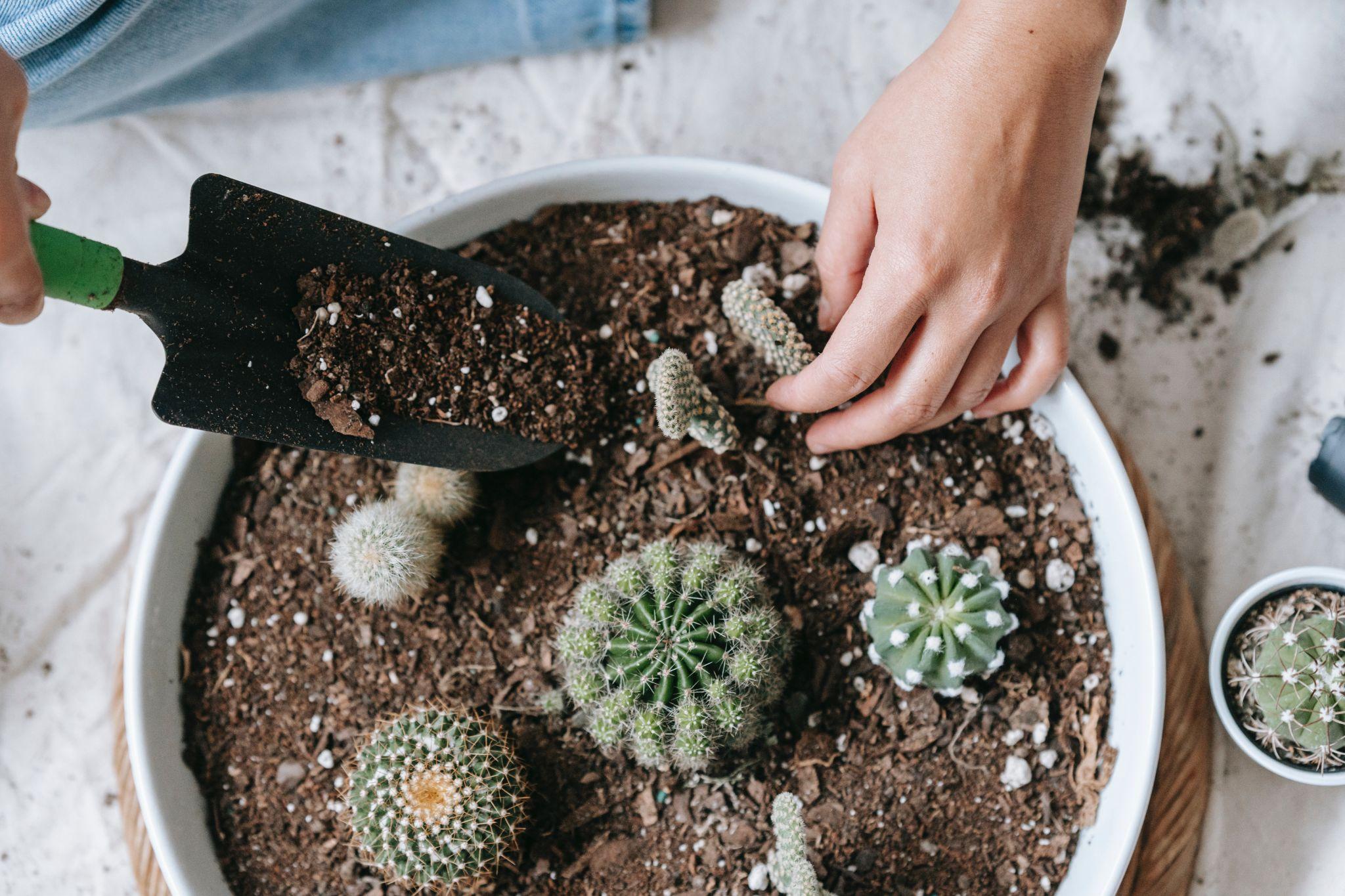
Credit: Pexels
When choosing a potting mix for your indoor plants, look for one that contains peat moss or coco coir. These materials will help to aerate the soil, hold moisture, and allow excess water to drain away. You can also add perlite or vermiculite to your potting mix to improve drainage.
When potting your plants, be sure to use a pot that has drainage holes. It will allow excess water to drain away from the roots, preventing them from becoming waterlogged. It’s also a good idea to place a layer of gravel or rocks at the bottom of the pot before adding the soil. That will help improve drainage even further.
Once you’ve chosen the perfect soil for your indoor plants, water them regularly. Indoor plants typically need watering about once a week, although this will vary depending on the type of plant and the climate where you live. Allow the soil to dry out slightly between waterings to prevent root rot.
By following these tips, you can ensure that your indoor plants will thrive. Choose the perfect soil, water them regularly, and your plants will be healthy and happy.
The Different Types Of Indoor Plant Soil
There are four main types of indoor plant soil: potting soil, cactus mix, succulent mix, and African violet mix. Each type of soil has its own benefits and drawbacks, so it’s important to choose the right one for your plants.
1. Potting Soil
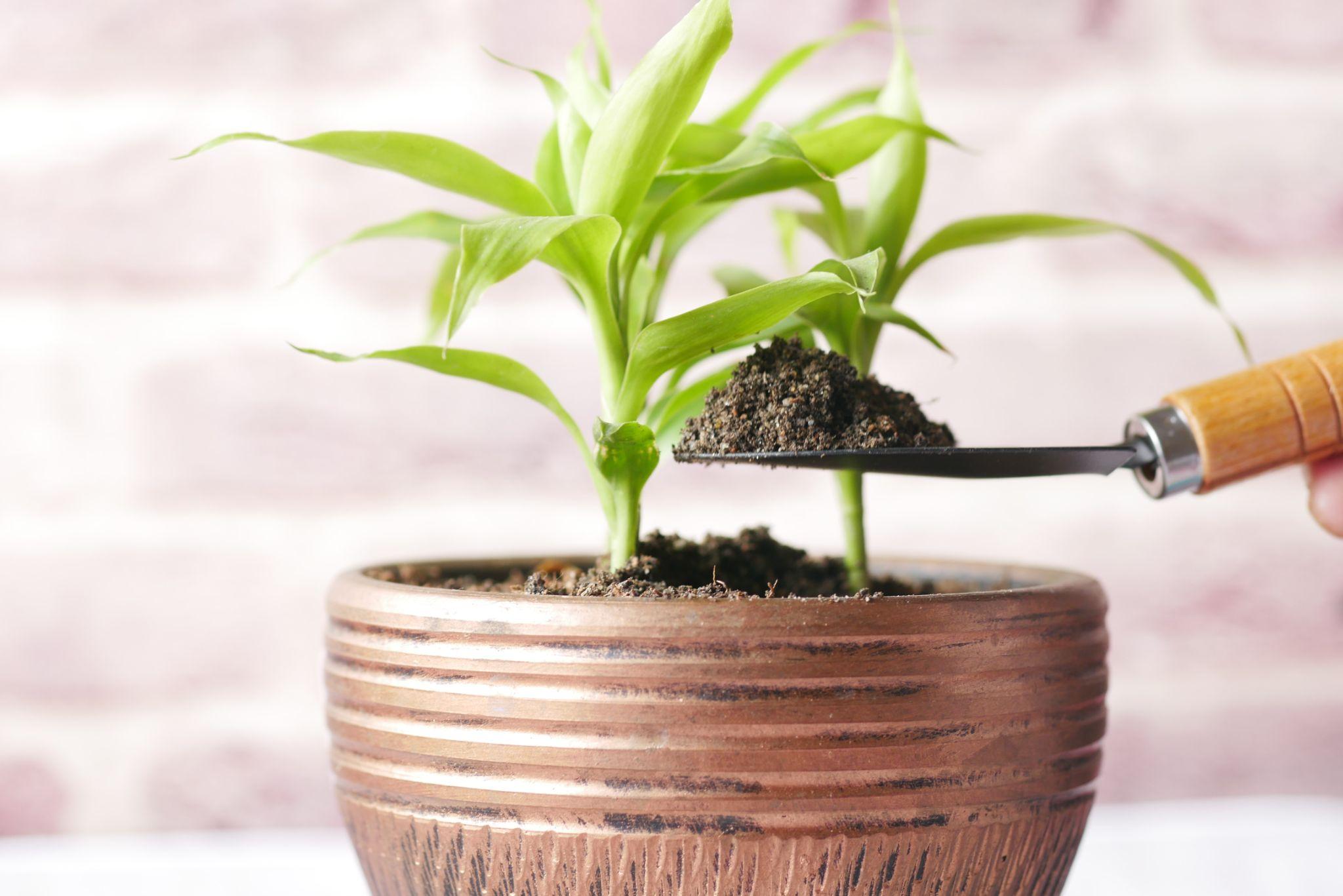
Credit: Pexels
Potting soil is the most common type of indoor plant soil. It’s a lightweight and well-draining mix that contains a variety of organic materials. Potting soil is great for most types of plants, but it can be too heavy for some, such as cacti and succulents.
2. Cactus Mix
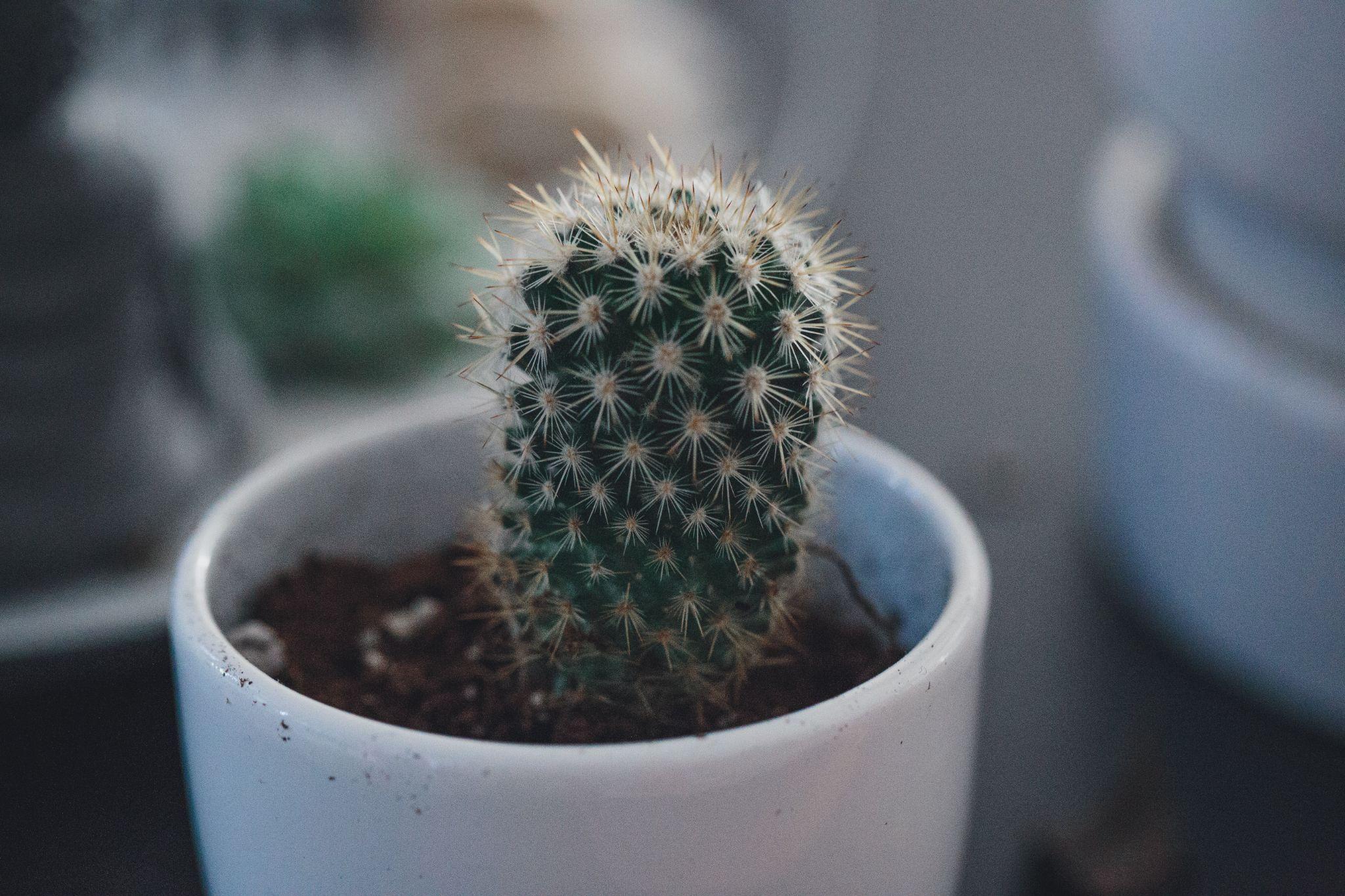
Credit: Unsplash
Cactus mix is a specialized potting mix that is designed for cacti and other succulents. It is very light and well-draining, and it often contains extra sand or grit to help with drainage. Cactus mix is a good choice for plants that require very little water.
3. Succulent Mix
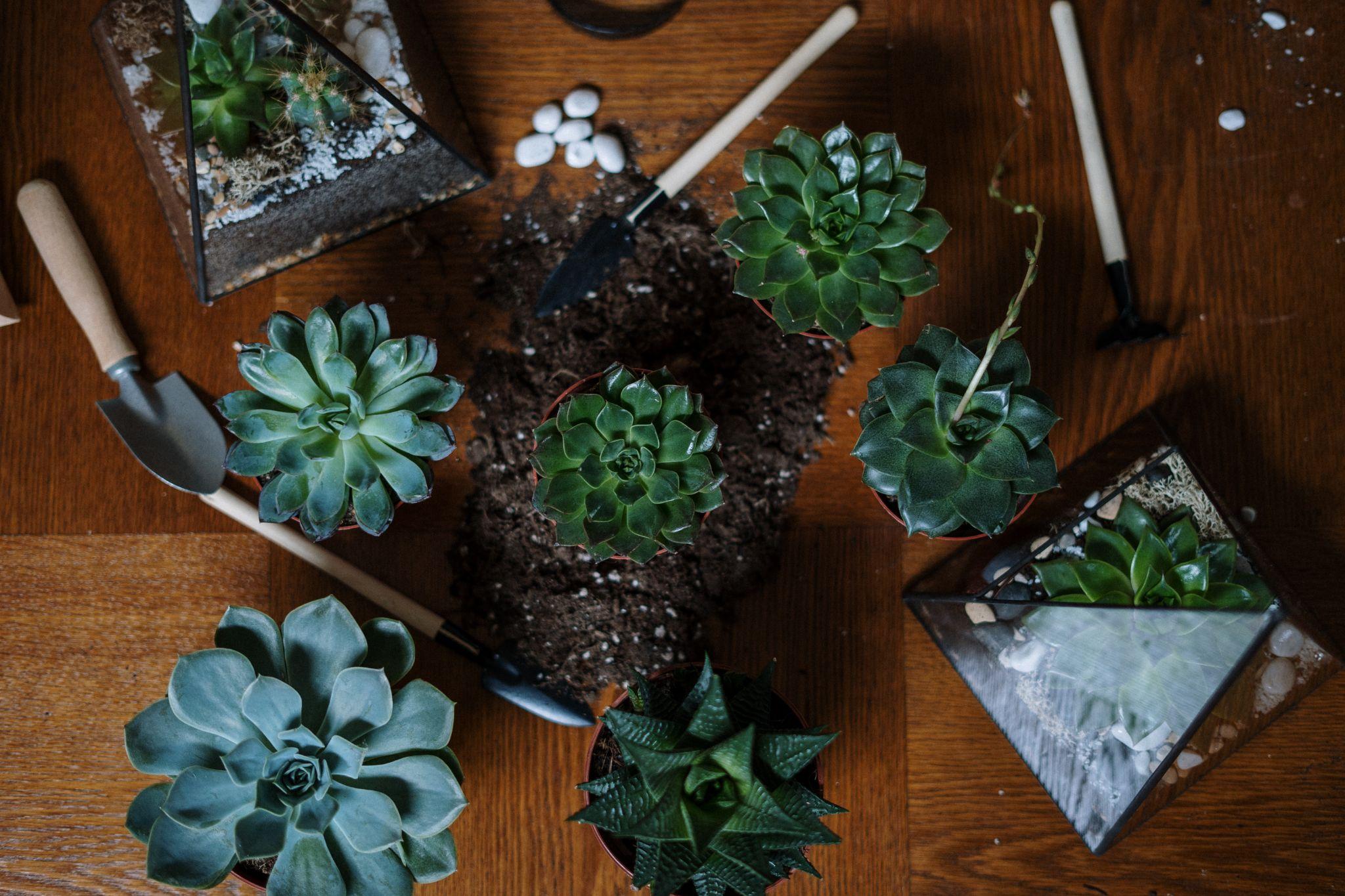
Credit: Pexels
The succulent mix is similar to the cactus mix, but it often contains less sand or grit. This makes it a good choice for succulents that need a little more water than cacti.
4. African Violet Mix
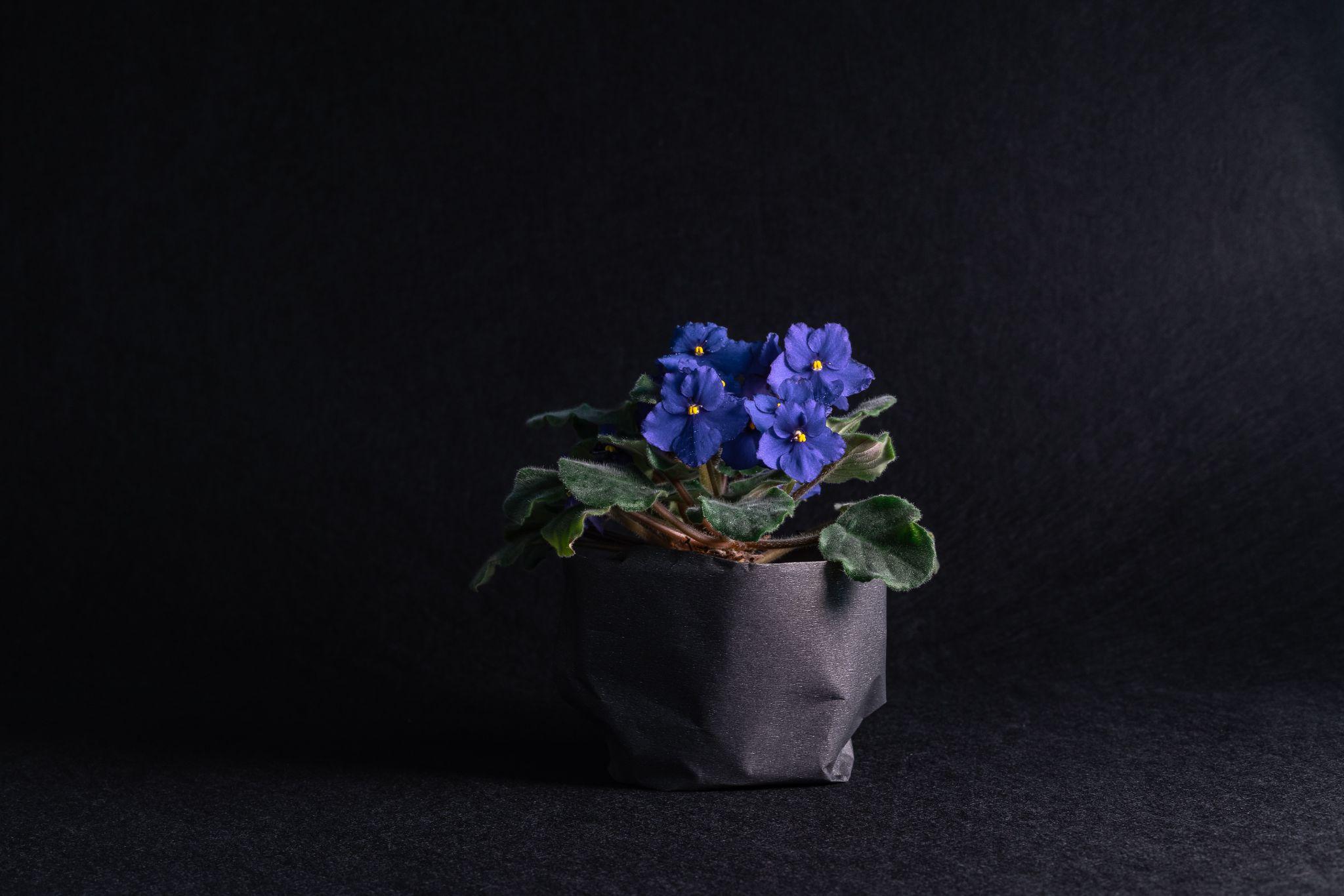
Credit: Pexels
African violet mix is a specialized mix that is designed for African violets and other plants that require high humidity. It is very light and well-draining and often contains extra organic matter to help with moisture retention. An African violet mix is a good choice for plants that like to stay moist.
How To Choose The Right Indoor Plant Soil
When it comes to indoor plants, the soil you choose can make a huge difference. The right soil will help your plants to thrive, while the wrong soil can cause them to wilt and die.
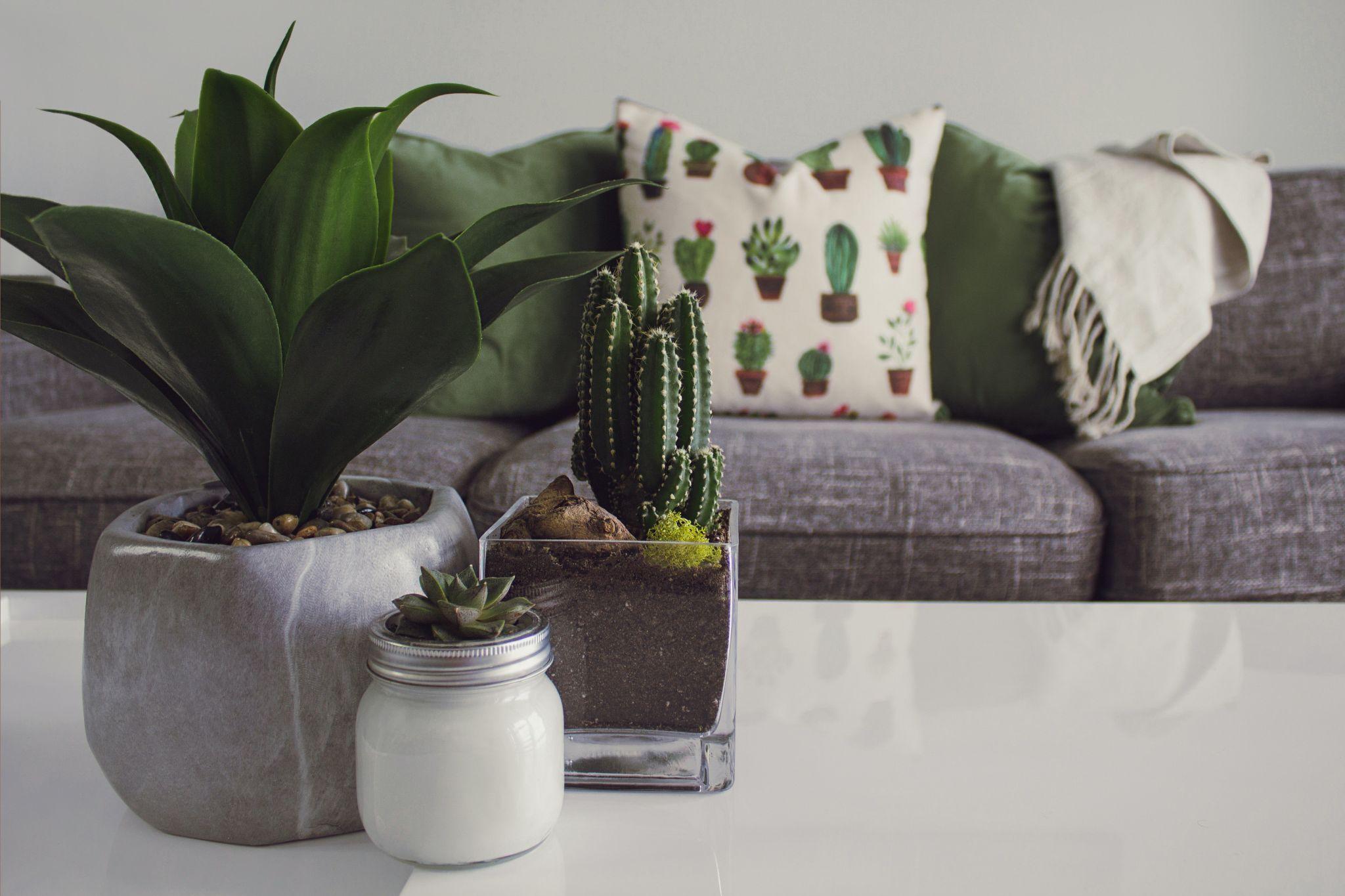
Credit: Pexels
When choosing soil for your indoor plants, there are a few things to keep in mind:
1. Type Of Plant
Not all plants are the same, so they do not require the same type of soil. For example, cacti and succulents need a very different type of soil than ferns or orchids. Make sure to do your research and choose a soil that is specifically designed for the type of plant you are growing.
2. Size Of The Pot
The size of your pot will also affect the type of soil you need. A larger pot will require a different type of soil than a smaller pot. Be sure to choose soil that is the right size for the pot you are using.
3. Drainage Of the Pot
The drainage of your pot is important to consider when choosing soil. If your pot does not have good drainage, you will need to choose soil that drains well. Conversely, if the soil drains well, you don’t need to worry about it. Make sure to consider the drainage of your pot when choosing soil.
4. Location Of The Pot
The location of your pot is also important to consider when choosing the right soil. If your pot is in a sunny location, you’ll need to choose the soil specially designed for plants that need full sun.
Conversely, if your pot is in a shady location, you’ll need to choose a soil design for plants that need partial sun. Be sure to consider the location of your pot when choosing soil.
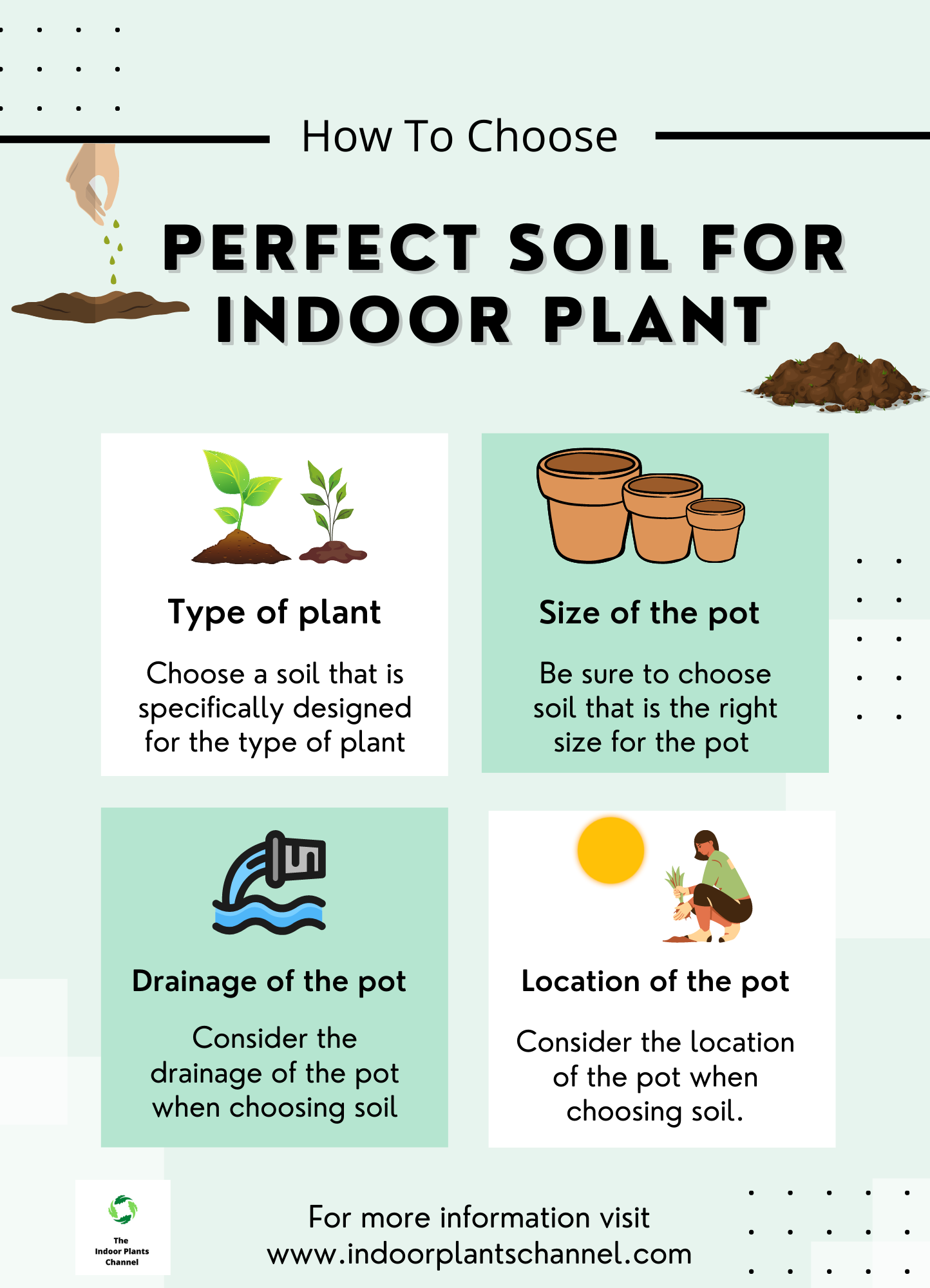
The Benefits Of Using Indoor Plant Soil
Indoor plants are a great way to spruce up your home and purify the air. Indoor plant soil is different from the soil you would use outdoors because it’s specifically designed to hold moisture and nutrients in a way that’s beneficial for indoor plants.
Here are some of the benefits of using indoor plant soil:
- Indoor plant soil helps to regulate moisture levels.
- Indoor plants soil is designed to hold nutrients in a way that’s beneficial for indoor plants.
- Indoor plant soil helps to prevent root rot and other problems that can occur when the roots of plants are exposed to too much moisture.
- Indoor plant soil is typically lighter and fluffier than outdoor soil, which makes it easier for indoor plants to take up nutrients.
- Indoor plant soil typically contains a variety of amendments that are beneficial for indoor plants, such as perlite or vermiculite.
So if you’re looking for the best way to keep your indoor plants healthy, always use the right soil for an indoor plant. It helps your plants to thrive in the unique environment of your home.
The Best Soil For Your Indoor Plants
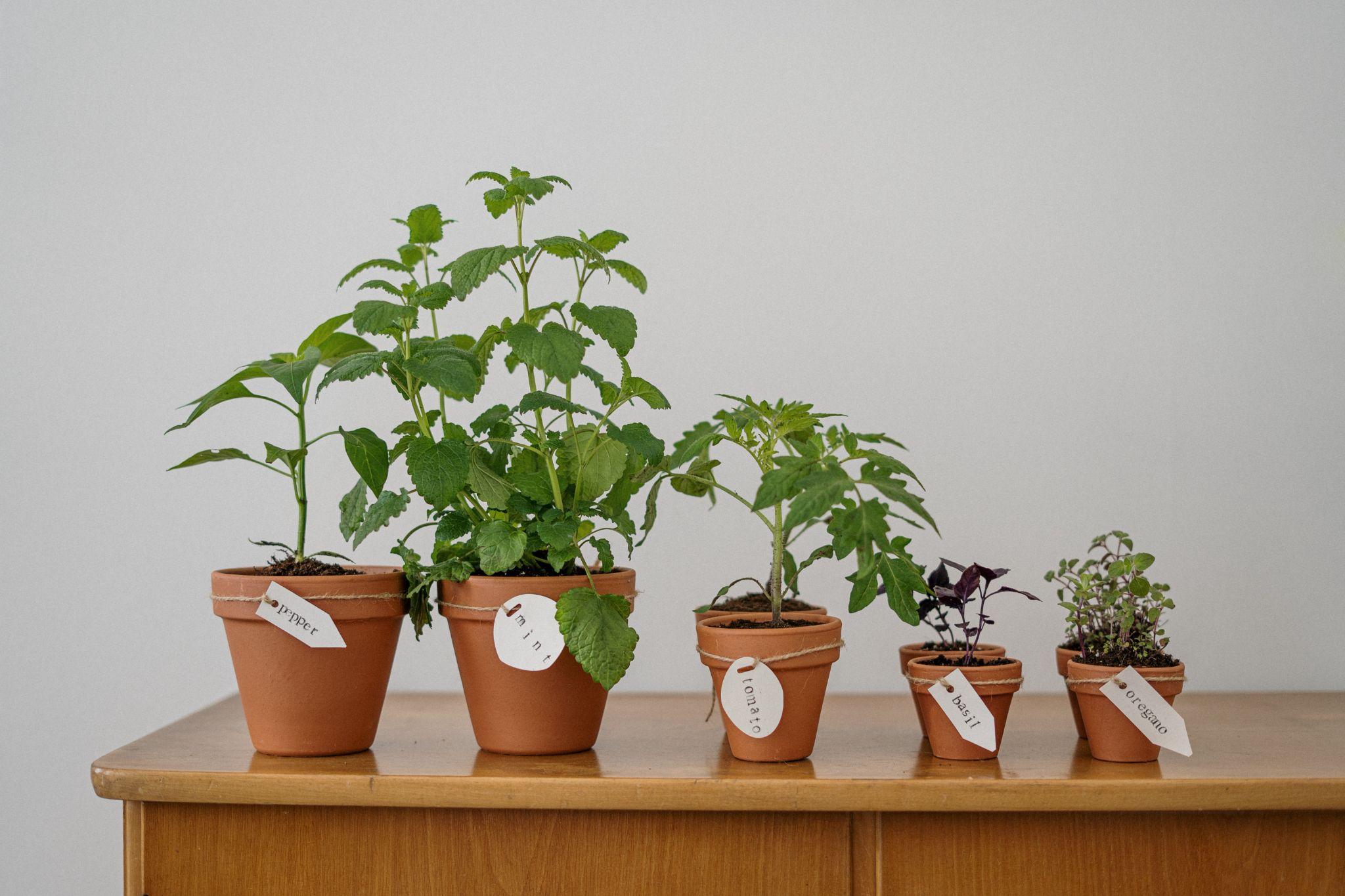
Credit: Pexels
The best indoor plant soil for your plants is a mixture of peat moss, perlite, and vermiculite. This mixture will provide your plants with the nutrients they need, drainage, and aeration.
Indoor Plant Soil: How To Prepare It For Your Plants
Indoor plants are a great way to add some life to your home and purify the air. Here are a few tips on how to prepare indoor plant soil for your plants:
- The first step is to figure out what type of soil you need. Depending on the type of plants you’re growing, you might need a different type of soil. For example, cacti and succulents need sandy soil, while ferns need moist, loamy soil.
- Once you’ve figured out what type of soil you need, it’s time to start preparing it. If you’re using store-bought soil, you’ll need to add some extra nutrients to it. You can mix some organic matter, like compost or manure, to give the extra nutrients to your plant.
- If you’re making your own soil, you’ll need to start with a base of sand, silt, and clay. These can be found at your local garden center. Once you have your base, you can add organic matter to create the perfect soil for your plants.
- Once your soil is ready, it’s time to plant! Be sure to plant your plants at the right depth and water them well. With a little care, your indoor plants will thrive!
The Importance Of Good Quality Indoor Plant Soil
It is important to use good quality soil while growing indoor plants. Soil provides nutrients and support for the plant, and if it is not of good quality, the plant will not be able to grow properly. There are many different types of indoor plant soil available, and it is important to choose the right one for your plant.
One important factor to consider when choosing indoor plant soil is drainage. The soil should be well-draining, as too much water can damage the roots of the plant. Another factor to consider is the nutrient content of the soil. The soil should be rich in nutrients, as this will help the plant grow healthy and strong.
When choosing indoor plant soil, it is important to select a high-quality product. There are many different products available on the market, and not all of them are of good quality. So, it is important to read the labels on the products and choose high-quality ingredients.
If you are unsure which indoor plant soil to choose, you can ask for advice from a nursery or gardening store. They will be able to advise you on the best soil for your particular plant.
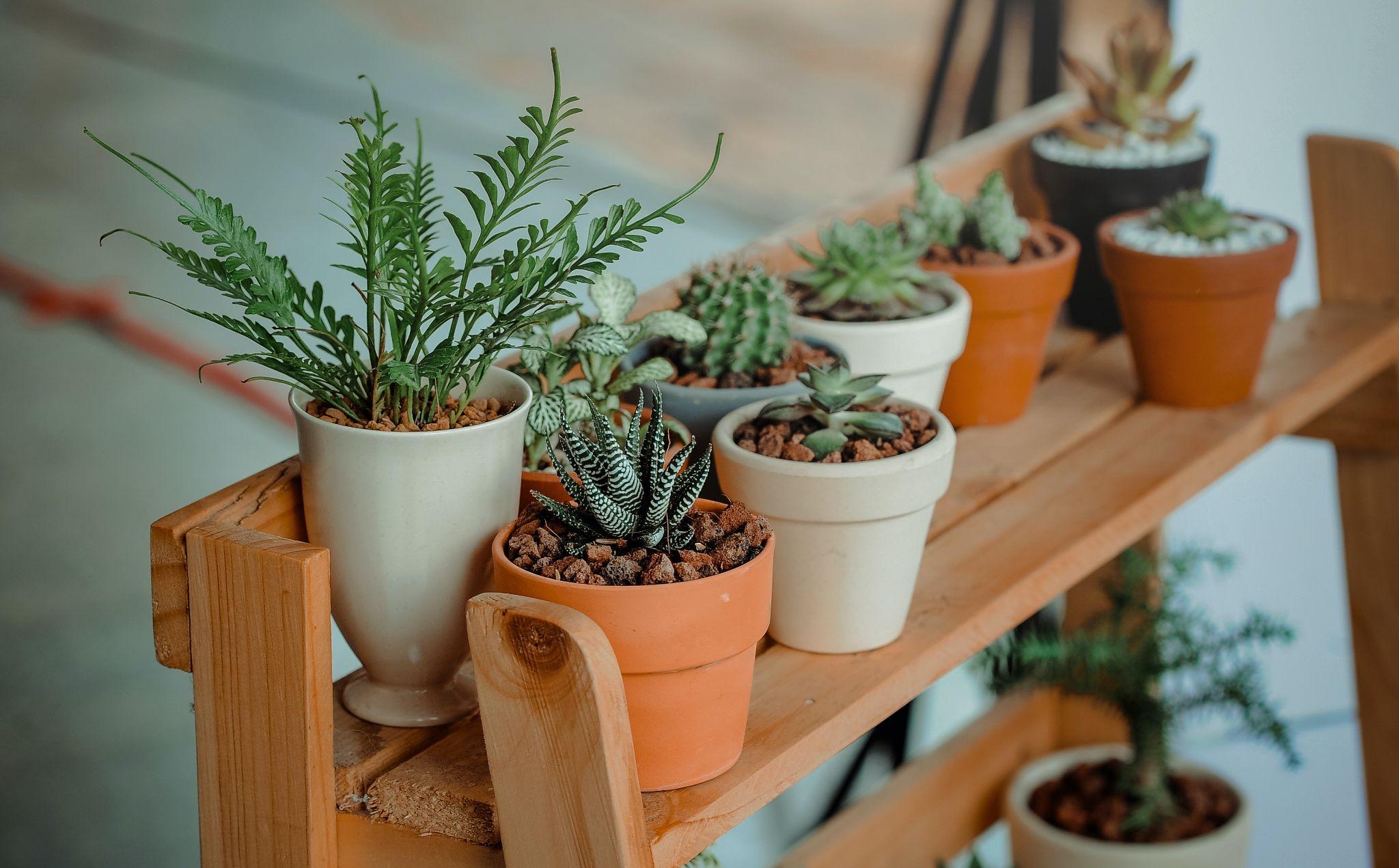
Credit: Pexels
Remember, the quality of the soil is important for the health of your indoor plants. Be sure to choose a high-quality soil product to ensure that your plants will grow healthy and strong.
The Different Ways To Use Indoor Plant Soil
When it comes to indoor plants, the soil you use can make all the difference. That’s why it’s important to know the different ways to use indoor plant soil so that you can choose the right one for your plants.
- One way to use indoor plant soil is to mix it with perlite. It helps to improve drainage and aeration, which are important for indoor plants.
- Another way to use indoor plant soil is to mix it with vermiculite. It helps to retain moisture, which is important for indoor plants.
- You can also use indoor plant soil on its own. This is a good option if you have plants that don’t need a lot of drainage or aeration.
- Finally, you can also use a potting mix which is a mix of soil, perlite, and vermiculite. It’s a good option if you have plants that need a little bit of everything.
So, there you have it! The different ways to use indoor plant soil. Now you can choose the right one for your plants.
10 Tips For Picking The Perfect Indoor Plant Soil
- Know your plant. Different plants have different soil needs. Make sure to research your specific plant species and what type of soil it requires.
- Check the drainage. Indoor plants need well-draining soil so that their roots don’t become waterlogged. Look for a soil mix that contains perlite or vermiculite to help with drainage.
- Consider the pot size. The size of your pot will also dictate how much soil you need. A small pot will need a smaller amount of soil than a large pot.
- Be aware of the weight. Some soil mixes can be very heavy when wet, so consider this when choosing a mix for your indoor plants.
- Choose an organic mix. Indoor plants are more in contact with the soil than outdoor plants, so it’s important to choose an organic mix that is free of chemicals and pesticides.
- Consider the price. Soil mixes can vary widely in price, so it’s important to find one that fits your budget.
- Compare brands. Not all soil mixes are created equal, so it’s important to compare brands and find one that suits your needs.
- Read the reviews. Once you’ve narrowed down your options, take the time to read some reviews to see what others think of the soil mix.
- Ask for advice. If you’re still unsure which soil mix to choose, ask your local nursery or gardening store for their recommendation.
- Try it out. Once you’ve chosen a soil mix, it’s always a good idea to test it before using it on your indoor plants. It’ll help you to choose the right mix for your needs.
Quick Tips
- Start with a basic potting mix. You can find this at your local garden center or nursery.
- If you want to add drainage to your potting mix, you can mix in some perlite or vermiculite.
- If your plants need some extra nutrients, you can mix some compost or manure.
- Make sure to check the pH of your soil mix. Most plants prefer slightly acidic soil, so you may need to add a bit of lime to raise the pH.
- Once you’ve mixed up your soil, wet it and let it drain before potting up your plants.
“The best soil for indoor plants is a mix of peat moss, perlite, and vermiculite. This mix provides the perfect balance of drainage and moisture retention for most plants” – University of Massachusetts
Conclusion
If you’re looking to get the most out of your indoor plants, it’s important to choose the right soil. Always consider the type of plant you want to grow and do a little research on it. Remember, you can always experiment with different types of soils to see what works best for your plant.
Michelle Wilde
Related posts
2 Comments
Leave a Reply Cancel reply
![]()
About Michelle Wilde
Michelle Wilde is a stay-at-home mom and avid plant lover. Armed with a post-graduate degree in Computer Science (no kidding!), she loves researching plants and landscapes. When she is not caring for her 4 kids, she spends time on her passion for plants. She blogs at www.indoorplantschannel.com, the trusted source for indoor plants.
Learn more
Subscribe
* You will receive the latest posts and updates about indoor plants!
Search
Recent Posts
Categories
- Beginner Guides (10)
- FAQ (206)
- General (2)
- How-To Guides (212)
- Indoor Plants (214)
- Pest Management (2)
- Plant Problem Solutions (4)
- Seasonal Growing (2)
- Specialized Environments (2)
- Specific Plant Care (3)
- Technical Growing (2)
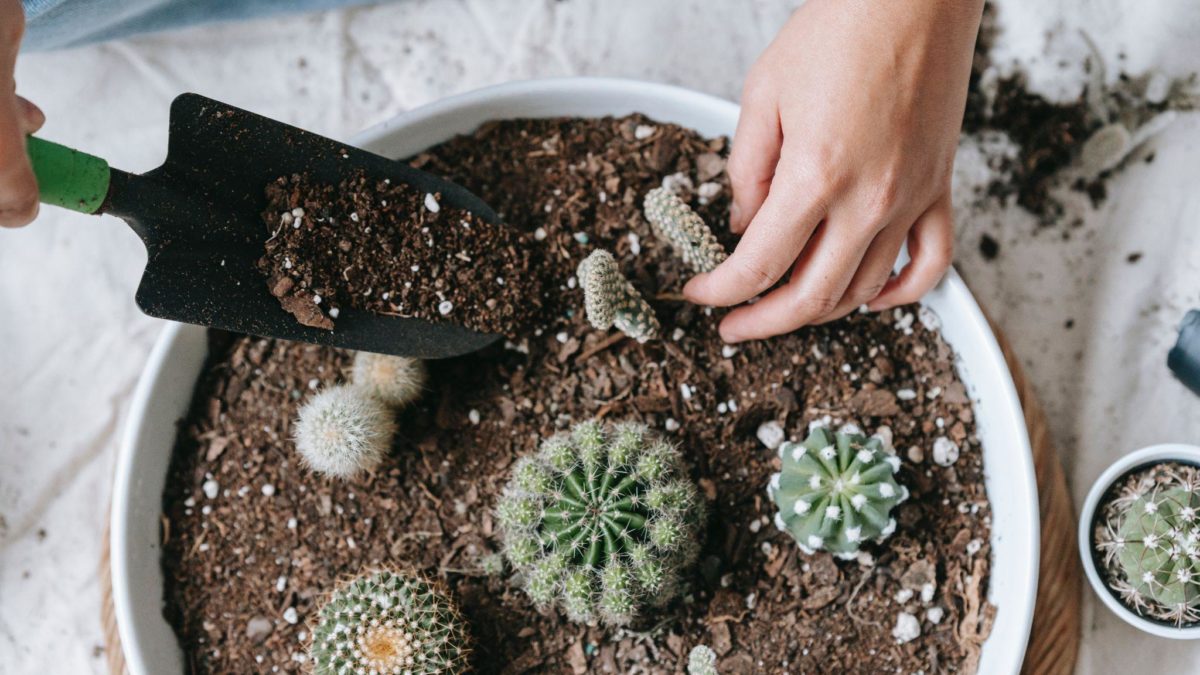
[…] are healthy and thrive, you need to start with the right type of soil. Here’s a guide to the best soil for indoor plants, based on plant type and pot […]
[…] Watering your plants too often can lead to root rot, while not watering them enough can cause them to wilt and eventually die. So, how do you know when is the best time to water your indoor plants? […]